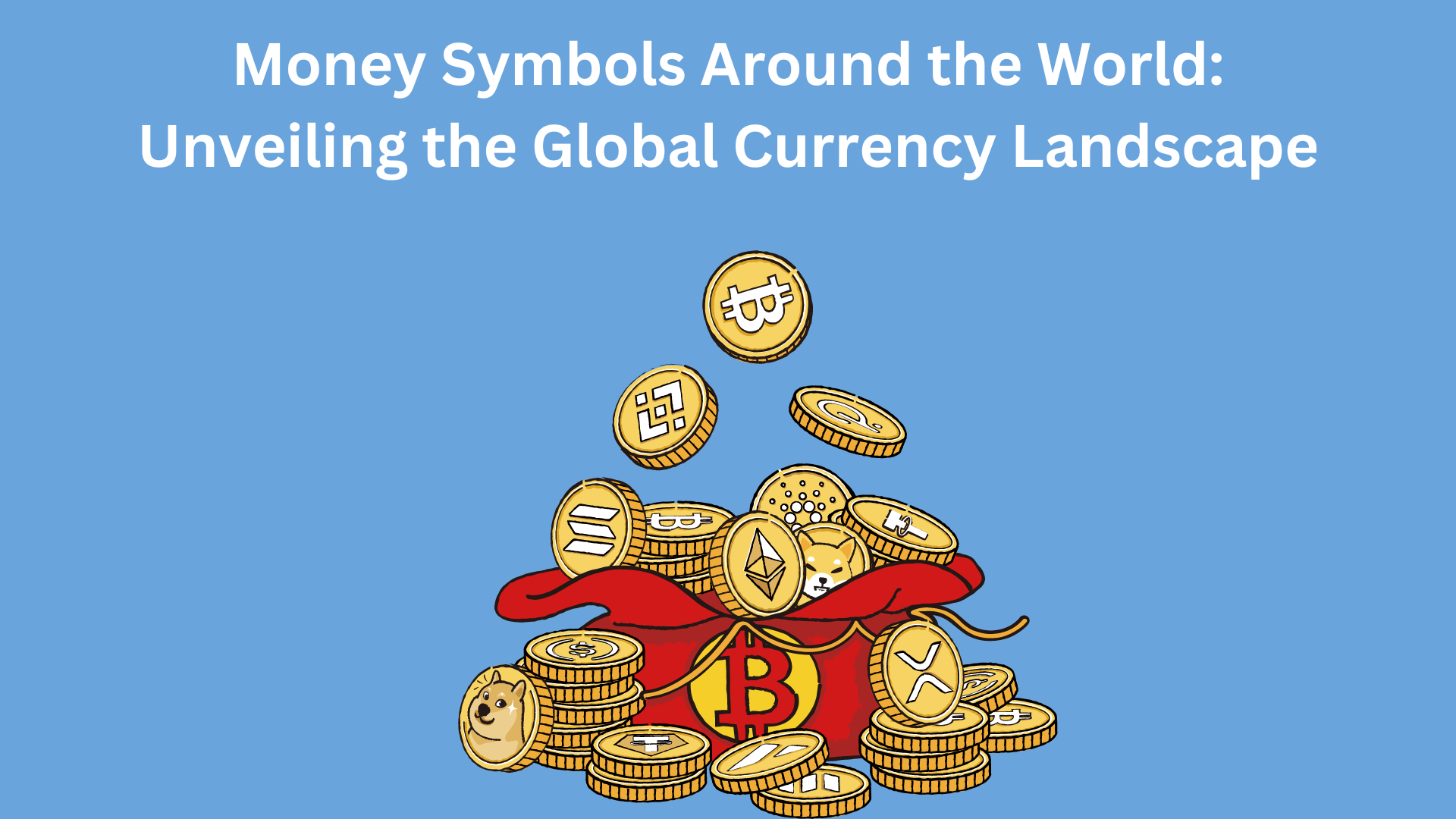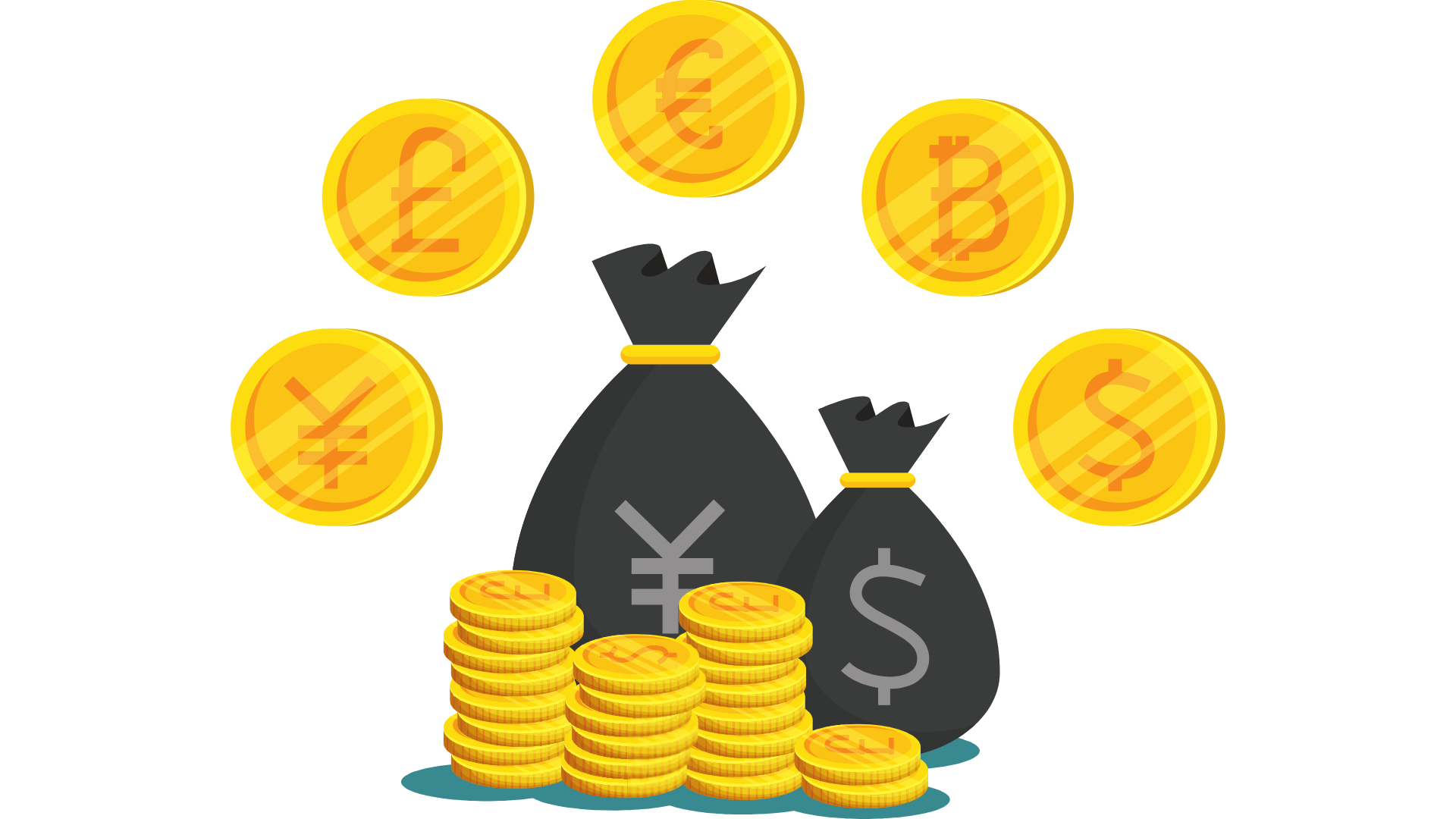Money Symbols Around the World: Unveiling the Global Currency Landscape
In today's interconnected world, understanding different cultures and their financial systems is crucial for businesses and developers alike. One fascinating aspect of this global landscape is the diverse range of money symbols used to represent currencies worldwide. These symbols not only denote monetary value but also reflect the rich history and culture of the countries they belong to. In this blog post, we'll take a closer look at some of the most notable money symbols from around the world, exploring their origins, meanings, and significance in today's digital economy.

The Dollar Sign ($)
One of the most recognizable currency symbols, the dollar sign ($), has its roots in the Spanish-American peso. Initially, it was represented as "Ps," which later evolved into the modern symbol we know today. The dollar sign is used by several countries, including the United States, Canada, Australia, and many countries in South America and the Caribbean.
The Euro Sign (€)
Introduced in 1999, the euro sign (€) represents the currency used by the European Union. It was designed as a combination of the Greek epsilon (ε), representing the cradle of European civilization, and the letter "E" for Europe. The euro symbolizes unity and integration among European nations.
The British Pound (£)
The pound sign (£) is the symbol for the British pound sterling, the official currency of the United Kingdom. Its origins can be traced back to the Roman libra, which was a unit of weight. The pound sign is often referred to as the "pound sterling" to distinguish it from other currencies that also use the pound symbol.
The Japanese Yen Sign (¥)
The yen sign (¥) is used to represent the Japanese yen, the official currency of Japan. It is derived from the Chinese character "圓" (pronounced "yuan"), which means "round" or "circle." The yen symbolizes prosperity and stability in Japanese culture.
The Indian Rupee Sign (₹)
The Indian rupee symbol (₹) was adopted in 2010 to represent the official currency of India. It is a blend of the Devanagari letter "र" (ra) and the Roman capital letter "R," representing the integration of India's rich cultural heritage with the modern world.
Conclusion
Money symbols around the world are not just symbols of monetary value; they are also reflections of a country's history, culture, and identity. Understanding these symbols can provide valuable insights for businesses and developers operating in global markets, helping them navigate the complexities of international finance.

FAQs
Q: Are money symbols standardized globally?
A: While many countries have adopted internationally recognized currency symbols, some countries still use unique symbols or abbreviations for their currencies.
Q: Can currency symbols change over time?
A: Yes, currency symbols can change due to political, economic, or cultural reasons. For example, the euro symbol was introduced when the euro was adopted as the official currency of the European Union.
Q: Do all countries use symbols for their currencies?
A: No, not all countries use symbols for their currencies. Some countries use abbreviations or ISO currency codes instead.
Q: How are currency symbols chosen?
A: Currency symbols are chosen by the issuing authority of a country and are often based on historical or cultural significance.
Q: Are there any plans to introduce new currency symbols in the future?
A: While there are no immediate plans to introduce new currency symbols, changes in the global economy or political landscape could lead to the adoption of new symbols in the future.